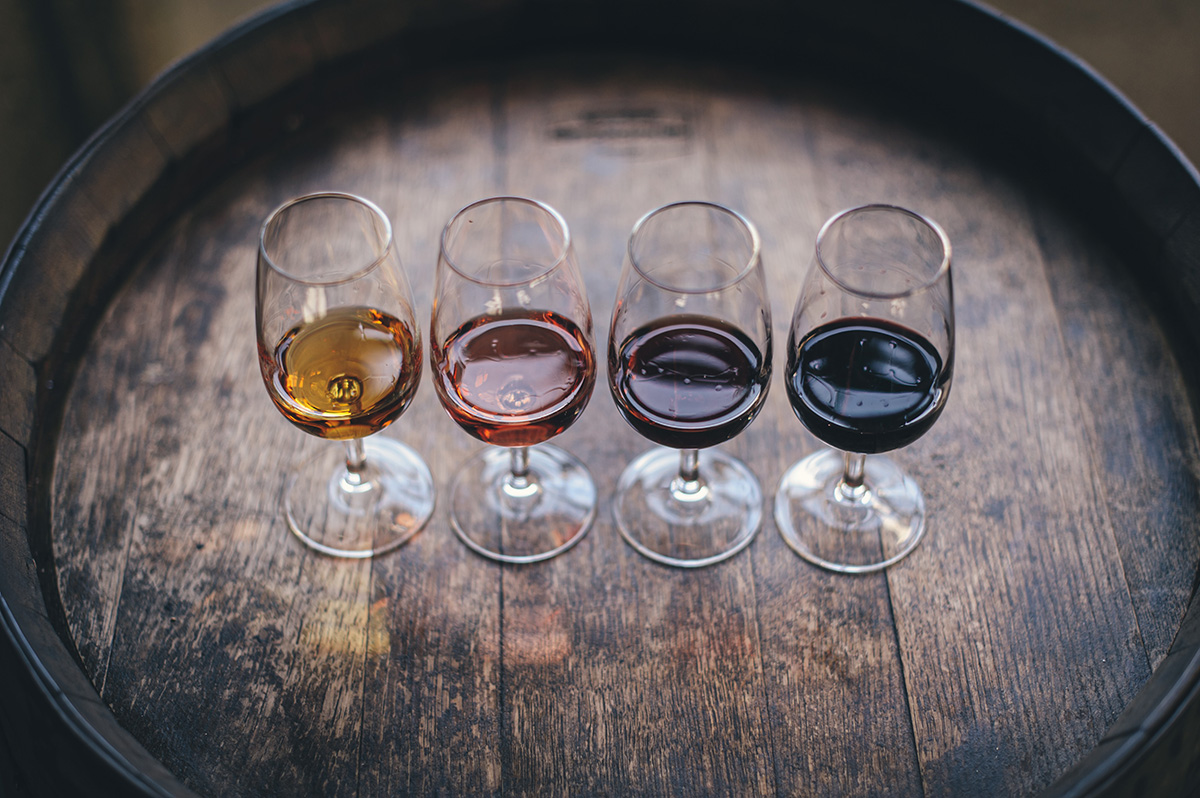

Whether you’re a curious beginner or a budding wine collector, understanding some key wine terms will enhance your enjoyment and knowledge of this delicious beverage.
These terms will help you to better understand where certain wines come from, what their taste and flavor profiles are going to be, and it will help you choose different types of wines that you might enjoy.
Just like with anything, the more you understand and learn about something, the more you will come to appreciate it. Many people assume they don’t like wine just because they had one bad experience or haven’t found a type of wine that they like. Knowing these terms and what your personal preferences are, will help you determine which wines suit your style and tastes and will help you find the perfect wine for any occasion.
General Wine Terms Every Beginner Should Know
1. Aroma
Aroma refers to the scent or smell of wine. Each wine variety has its unique aroma profile, which can range from fruity and floral to earthy and spicy. Taking a moment to savor the aroma before sipping can provide valuable clues about the wine’s flavor and origin.
2. Tannins
Tannins are natural compounds found in grape skins, seeds, and stems. They contribute to the texture and structure of a wine, often creating a dry or puckering sensation in the mouth. Red wines usually have more tannins than white wines, and they can soften with aging.
If a wine is known as a “dry” wine, then it will typically have more tannins than other wines.
3. Acidity
Acidity in wine provides a refreshing and lively sensation on the palate. It balances the sweetness and contributes to the overall taste profile. Wines with high acidity are often described as crisp and vibrant, while low-acidity wines may taste flabby or dull.
4. Body
Body refers to the weight and fullness of a wine in the mouth. It can range from light-bodied (similar to skim milk) to medium-bodied (like whole milk) to full-bodied (like cream). Understanding body helps you select wines that match your preference and pair well with different foods.
5. Varietal
Varietal simply refers to the type of grape used to make the wine. For example, Chardonnay, Cabernet Sauvignon, and Merlot are all popular grape varietals. Each varietal imparts distinct flavors and characteristics to the wine, allowing you to explore a wide range of tastes.
6. Vintage
The vintage indicates the year the grapes were harvested. Wine enthusiasts often pay attention to vintages because the weather conditions during the growing season can significantly influence the quality and flavor of the wine. However, it’s important to note that not all wines are vintage-dated.
7. Terroir
Terroir encompasses the environmental factors that affect grape growing, including soil, climate, and topography. Wines from different regions can have unique terroirs, resulting in diverse flavors and styles. Exploring wines from various terroirs can be a fascinating journey of discovery.
8. Oak
Oak plays a significant role in winemaking, especially for aging wines. Wines can be aged in oak barrels, which impart flavors such as vanilla, spice, and toasted notes. Oak aging can add complexity and enhance the overall character of the wine.
9. Dry
Dry is a term used to describe wines with minimal residual sugar. It means that the wine is not sweet and has a crisp, refreshing taste. These wines typically have a higher number of tannins as well, which leads to the dry feeling in your mouth. Dry wines are versatile and pair well with a wide range of foods, making them popular choices for many wine lovers.
10. Finish
Finish refers to the lingering taste and sensations after swallowing a sip of wine. A long finish indicates a wine of quality, with flavors that persist and evolve on the palate. Paying attention to the finish can help you assess the overall balance and complexity of a wine.
Understanding Wine Terminology
Understanding the most common wine terms is a crucial step for beginners embarking on their journey into the world of wine. By familiarizing yourself with these key terms, you will gain confidence in navigating wine lists, conversing with sommeliers, and selecting wines that suit your preferences.
From the basics such as “tannins” and “acidity” to more nuanced descriptors like “terroir” and “varietal,” mastering these terms enables you to enhance your tasting experiences and appreciate the intricate art of winemaking.
Furthermore, developing a vocabulary for wine will allow you to engage in meaningful discussions, share your experiences, and allow you to enjoy wine that much more.
While the world of wine may seem vast and intimidating at first, taking the time to learn these fundamental terms is a rewarding investment that will serve you well as you continue to explore and develop your passion for wine.